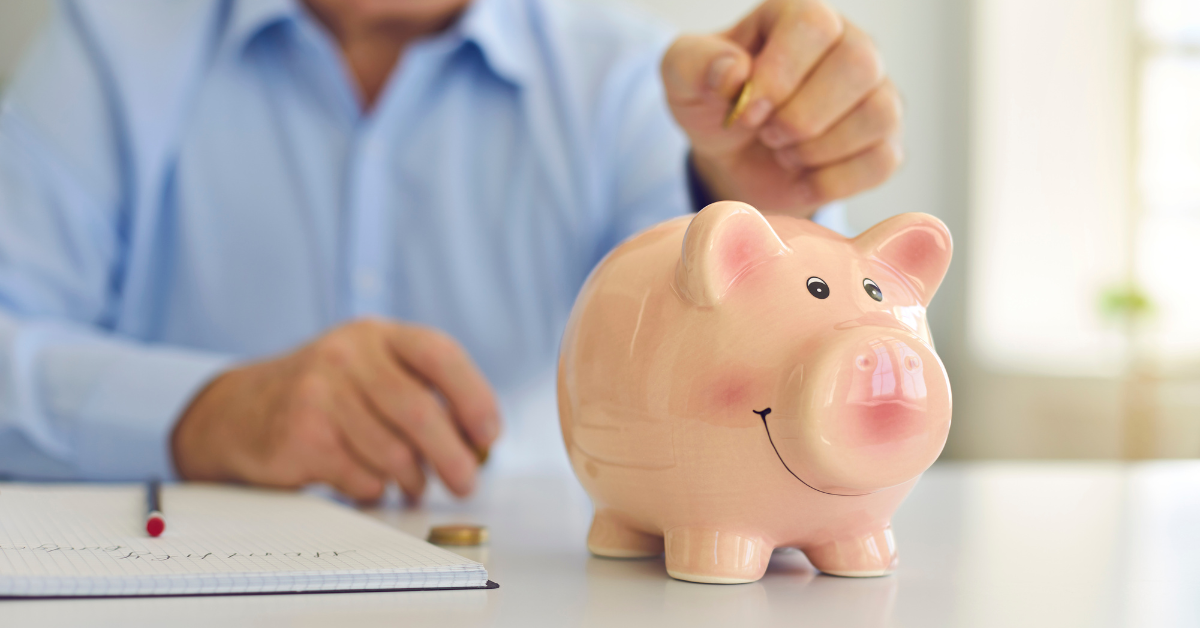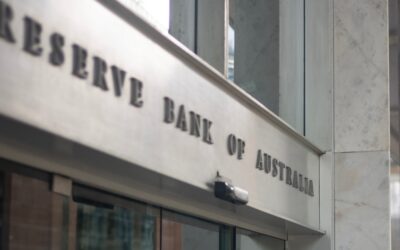In this article:

Saving for a home deposit while managing rent feels like walking a tightrope for many Australians.
With rental costs climbing steadily over recent years, renters have felt an increasing squeeze as they try to balance everyday expenses with their dream of owning a home.
Australia’s Rental Market in 2025
The rental market in Australia has been a consistent challenge. According to recent statistics, the national vacancy rate remains critically low, driving steep rent increases in most capital cities.
CoreLogic’s June report highlighted that rents have risen by 3.4% nationally in the past year, with some areas experiencing even sharper jumps.
Sydney and Brisbane led the charge, with quarterly increases of 5.3% and 4.9%, respectively. Competition among tenants is fierce, with properties often leased within days of listing.
For renters aspiring to break free from the escalating market and secure a home of their own, these conditions make saving for a deposit seem daunting.
However, by adopting practical strategies and taking advantage of available resources, you can build toward your deposit.
Strategies for Building Your Deposit
1. Understand Your Finances
Before charting a savings plan, it’s essential to understand your financial landscape. Begin by tracking your expenses over a few months to identify where your money is going.
Use freely available apps to make this easy.
Once you’re clear about your cash flow, create a realistic budget.
A straightforward split like the 50/30/20 rule works well:
- 50% for needs (rent, utilities, groceries)
- 30% for wants (entertainment, dining out)
- 20% for savings (toward a deposit or emergency fund)
Adjust these as needed.

Budget
Use our budgeting application to make a simple budget which shows how you are allocating your income.
2. Set Clear Savings Goals
Having a precise target helps maintain focus.
If you’re eyeing a $700,000 home, a 20% deposit means you’ll need around $140,000. However, it’s important to remember lenders often accept deposits as low as 5-10%, which might suit your circumstances better, especially with lenders’ mortgage insurance (LMI) as an option.
Set smaller milestones to build your savings habit, such as saving a small monthly goal and a 6 monthly goal, to make progress feel achievable.
3. Cut Back Where Possible
Everyone’s situation is different, but looking for ways to reduce your regular expenses (big or small) can help build your deposit faster.
Even small changes to your habits and lifestyle can result in meaningful contributions to your deposit savings over time:
- Set Up a Separate Savings Account:
Choose a high-interest savings account specifically for your deposit. Automate regular transfers to this account, treating savings as a non-negotiable bill.
- Use Windfalls Wisely:
Bonuses, tax refunds, or other unforeseen earnings can give your savings a significant boost. Commit to putting at least 80% of such windfalls directly into your savings fund.
- Reduce Unnecessary Expenses:
Re-evaluate discretionary spending. How? Review your subscriptions, eating out less often, or discretionary shopping. The compound effect of multiple reductions can add up!
4. Take Advantage of Government Schemes
Australia offers several initiatives that can help renters fast-track their savings for a deposit:
- First Home Super Saver Scheme (FHSSS):
This program allows you to use your super fund to save for a deposit. Contributions made into super attract lower tax rates and can later be withdrawn for your first home purchase.
- First Home Guarantee:
Eligible buyers can purchase a home with as little as 5% deposit, with the federal government covering the LMI costs.
- State Government Grants:
Check if your state provides first-home buyer schemes or stamp duty concessions, which can free up additional funds for your deposit.
5. Minimise Debt
Debt repayments can make saving for a deposit far more difficult. Where possible:
- Pay down high-interest debts like credit cards first.
- Consolidate loans to reduce overall interest payments.
- Avoid taking on new debt, as it impacts both your savings and the lender’s view of your borrowing capacity.
Nailing the Balancing Act
Renting and saving for a deposit might seem like an uphill battle, but breaking this process into achievable steps is a great place to start.
The key lies in discipline, tapping into the right financial tools, and leveraging government schemes. Remember, starting small is still starting, and every dollar saved brings you closer to home ownership.
Looking to buy your first home? Contact your local Yellow Brick Road Mortgage Broker today. We’re here to help. We’ll get you sorted.



